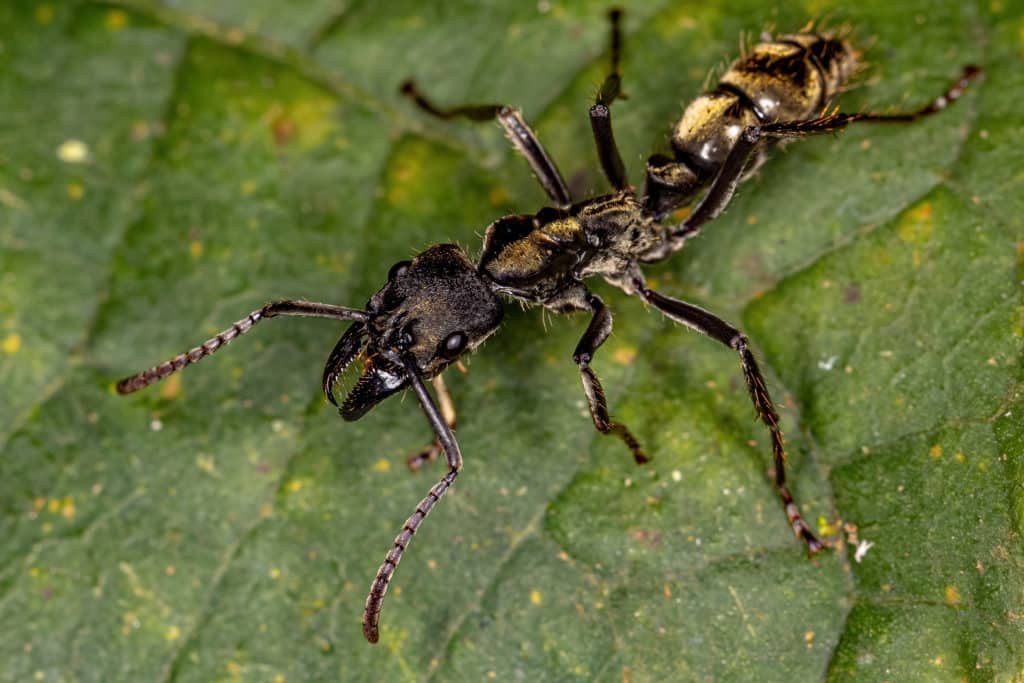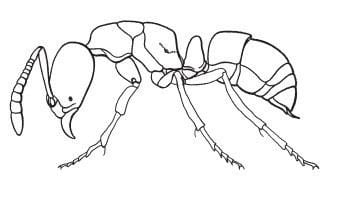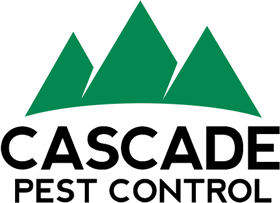Author: Kurt Treftz, Cascade Pest Control

Ants are one of the most common insects found all around the world. New species of ants continue to be found even today. In fact, scientists speculate that they have only identified about half of all possible species. Ants are found from the arctic to the tropics and on every island in the world.
This social insect is so abundant that it has become humans most persistent annoyance as it invades buildings, issues stinging bites, feeds on human food, and even causes structural damage.
Washington State is home to several species of ants that can wreak havoc on a homeowner’s peace of mind. One species that has found its way into Western Washington is the ponerine ant. It’s important to know what you are dealing with so you can deal with them appropriately.
Ponerine Ants 101
Ponerine ants are one nuisance from subtropical regions that have made their home in the urban area of the Pacific Northwest. These transplants. . .
- have a small, yellow-brown body
- nest in small colonies in rotten wood or soil
- are usually 2-3mm and monomorphic (males and females look similar) except when the female is in her winged form.

Are Ponerine Ants Problematic?
Like any ant, these little pests can be a nuisance to humans. This ant is most problematic in its winged form as the female is attracted to the light and leaves her subterranean home.
- Ponerine ants are a rare example of a stinging ant and their bite can be quite painful. These bites can produce welts and swelling, as well as other side effects for those who are allergic.
- In addition to their sting, ponerine ants become an issue for businesses and home owners when they nest under concrete slabs or potted plants.
- They are also an extremely voracious insect and will feed on small insects and plants, which can destroy gardens and lawns.
How to Avoid Ponerine Ant Infestations
There are steps you can take to make sure you aren’t creating an inviting habitat for ponerine ants.
- Keep a well-maintained yard, remove debris and rotting wood that can attract ponerine ants.
- Keep mulch and other sources of decaying organic matter away from the foundation of your house or driveway.
- Keep an eye out for ant nests or colonies forming around concrete driveways and foundations.
- Seal any cracks or repair any damage in the foundation.
- Keep windows and doors well chaulked.
Control and Treat Ponerine Ant Infestations
If you see evidence of these tiny invaders, it is important to treat them as soon as possible, particularly if they have made a home under a drive way or parking lot as they can be difficult to eradicate.
Whether ponerine ants, carpenter ants or any other house ant, contact Cascade Pest Control to get a handle on all your ant problems. Our ant control experts can help identify and eradicate these invasive pests.
Give us a call today at 888-989-8979
